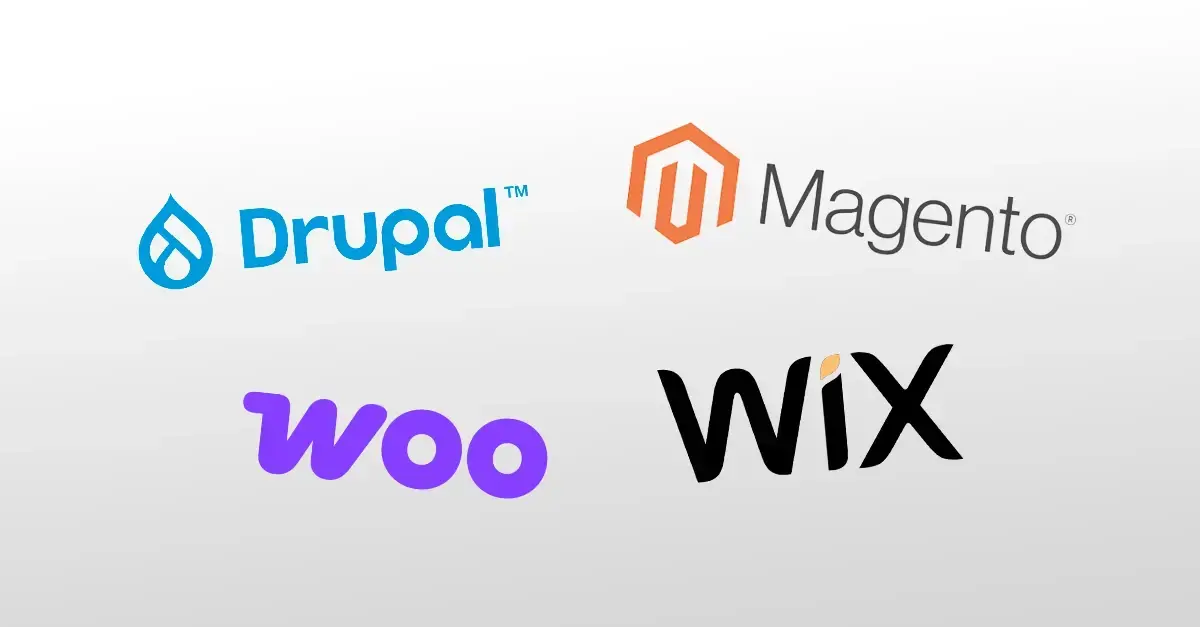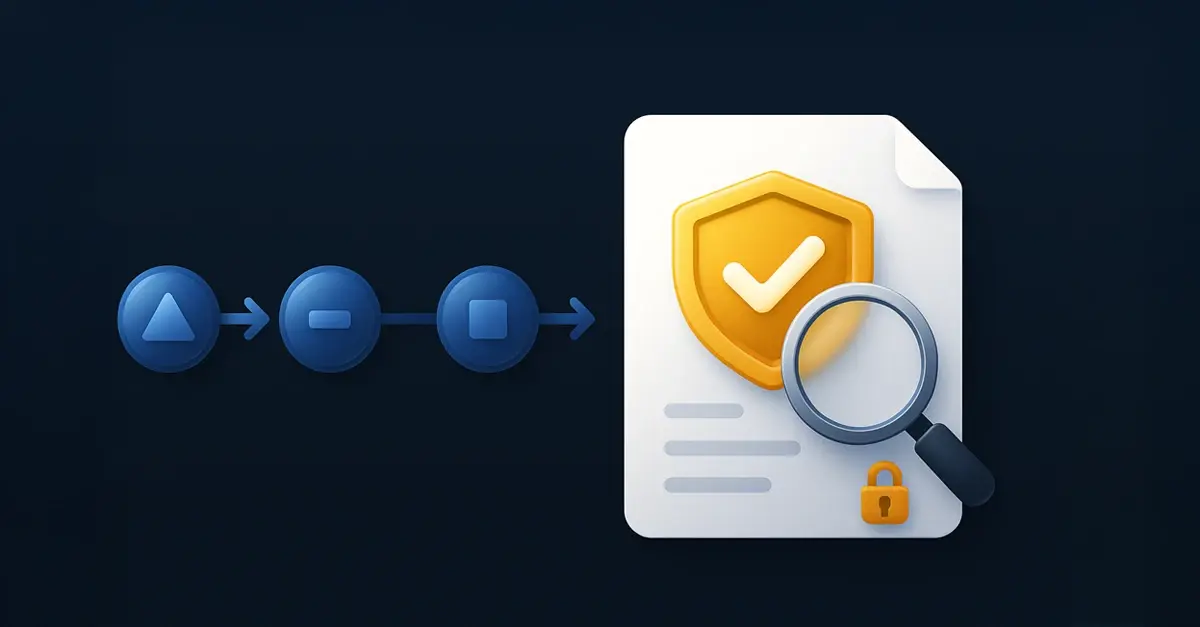What Is Technographic Targeting?
Technographic targeting is the practice of identifying and engaging companies based on the technologies they use, lack, or plan to adopt. While firmographic data reveals who a company is, technographics show how that company operates.
This approach gives go-to-market teams deeper insight into an account’s infrastructure. Instead of relying on static attributes like industry or size, teams can focus on the tools a company actively uses and the gaps in its tech stack.
Unlike technographic segmentation, which groups companies by similar tech profiles for planning, technographic targeting is action-oriented. It helps answer questions like:
- Which accounts are ready for outreach?
- What gaps in their stack can our solution address?
- Who should enter a campaign, and who should be excluded?
By mapping accounts to their technology environment, marketers and sales teams can prioritize high-fit opportunities and tailor outreach with greater accuracy.
Why CMOs Are Doubling Down on Technographics
Marketing leaders today face intense pressure to deliver results with limited resources. Technographic targeting provides a way to improve campaign precision and reduce waste.
For example, if your product integrates with Salesforce, you can prioritize companies that use Salesforce but lack a customer data platform. These accounts are not just a fit but they’re also more likely to convert.
Technographic targeting improves marketing performance in several ways:
- Campaigns reach accounts with specific stack configurations, not just broad firmographic traits.
- Messaging becomes more personalized when it reflects real tools and known integration points.
- Budgets go further by excluding accounts already using a competitor's solution.
This approach allows CMOs to prioritize high-value accounts, create more relevant campaigns, and generate higher return on ad spend.
How RevOps Teams Use Technographic Signals to Accelerate Pipeline
Revenue operations teams are responsible for aligning systems, data, and processes across sales and marketing. Technographic targeting gives RevOps a powerful lever to improve efficiency, accuracy, and speed in the go-to-market engine.
One key use case is lead scoring. Accounts that already use technologies complementary to your product can be prioritized for outreach. Those using incompatible or outdated tools can be deprioritized or added to nurture tracks. This reduces noise and helps sales focus on the most promising opportunities.
Lead routing also becomes smarter. If an account is using a platform that aligns with a rep’s expertise, it can be routed accordingly. This improves conversion rates and creates a smoother buyer experience. Tech stack patterns can even guide territory design, assigning reps to accounts where they are most likely to succeed.
CRM segmentation is another area where technographics add value. By layering verified tech data with firmographic fields like revenue or employee count, RevOps teams can create smarter segments, uncover whitespace, and clean up duplicate or misleading records.
With this insight, RevOps shifts from reactive support to proactive strategy. Pipeline handoffs improve. Scoring models become more accurate. Marketing and sales alignment strengthens across every touchpoint.
Platforms like InfobelPRO give RevOps teams access to verified, structured technographic data that supports scoring, routing, and territory planning at scale.
Technographic Targeting in Practice: Real Go-to-Market Use Cases
Technographic targeting becomes most powerful when embedded into daily execution. Whether shaping campaign logic or informing sales plays, stack-level insights help teams operate with more clarity and less waste.
Here are four proven use cases that CMOs and RevOps leaders deploy:
- Campaign Suppression Based on Competitor Usage
Exclude accounts already using a direct competitor. This reduces friction, avoids wasted ad spend, and prevents your brand from reaching prospects that are unlikely to switch. - ABM Plays Triggered by Stack Gaps
Target companies that use specific tools but lack key integrations. For example, an account using HubSpot without an enrichment tool may be a prime candidate for a data augmentation solution. - Expansion Plays for Cross-Sell and Upsell
Identify existing customers running systems that support additional offerings. If a customer uses your core platform and a compatible third-party tool, they may be ready for a bundled or integrated solution. - Sales Messaging Personalization
Equip SDRs and AEs with insights into each account’s environment. Outreach becomes more relevant when it references the tools they already use, the gaps they face, and how your product fits into that ecosystem.
These use cases are fully operational. They can be activated through CRM filters, marketing automation workflows, or even real-time API calls. The key is structured, accurate data that enables fast and confident action across the funnel.
Why Verified Technographic Data Wins
Technographic targeting only works when the data behind it is accurate. Many providers rely on scraped websites, outdated sources, or predictive models that introduce noise. Poor data leads to poor decisions, and trust in the process quickly erodes.
Verified technographic data removes that risk. It gives go-to-market teams a reliable foundation to build segments, prioritize outreach, and drive strategy.
Here’s what high-quality data must deliver:
- Accuracy: Signals should come from validated sources, not scraped assumptions
- Coverage: Complete visibility across tools like CRM, CMS, marketing automation, and cloud infrastructure
- Freshness: Data must reflect current stack configurations, not what a company used last year
- Structure: Fields should be clean, consistent, and ready for use in lead scoring, routing, or segmentation
- Compliance: All data must align with global privacy standards such as GDPR and CCPA
InfobelPRO provides over 460 firmographic and technographic attributes per record. This level of detail supports smarter segmentation, cleaner CRM enrichment, and faster activation across the go-to-market stack.
Whether you're launching campaigns, refining sales messaging, or cleaning your pipeline, verified technographics make your team more precise, efficient, and confident.
Ready to activate technographic targeting in your go-to-market motion?
Our experts will guide you through all the data solutions we provide and audit your data workflows FOR FREE, delivering personalized recommendations. Schedule your free data audit today.






Comments